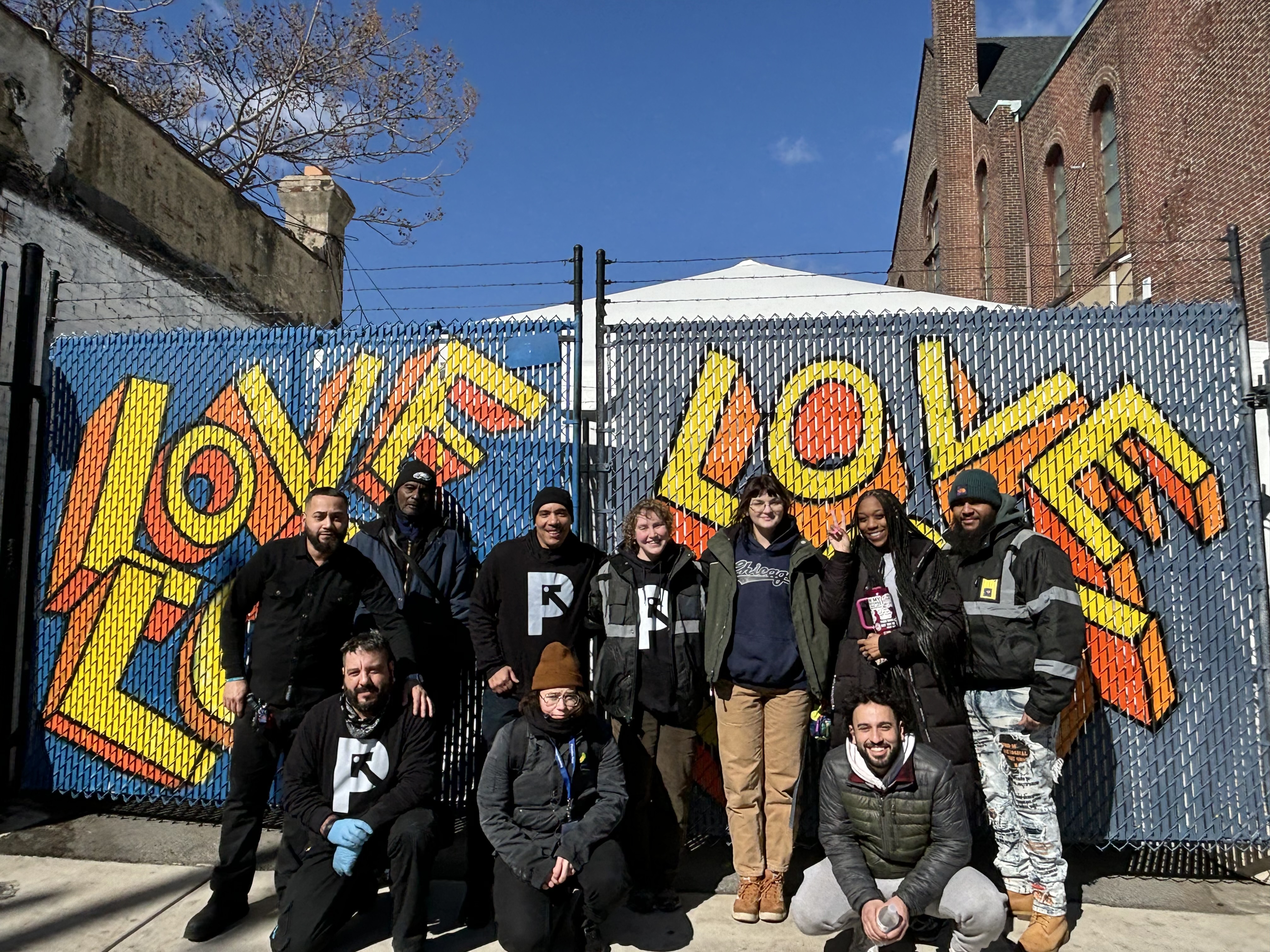
Larry Anderson’s team is on the ground in Kensington and across Philadelphia, responding to changes in the illicit drug supply through community outreach, education, and overdose response. As Director of Prevention Services, Larry supervises the HIV and overdose prevention programs. We spoke with him about the latest and most prominent contaminant in the drug supply—the large-animal tranquilizer medetomidine—and how it’s affecting his team’s crucial work.
How have overdoses changed since medetomidine became prominent in Philadelphia’s illicit drug supply, beginning in early 2024?
People are more comatose when they overdose. Narcan has less effect than it did previously, so you're seeing more doses of Narcan administered when more may not actually be needed. We responded to one the other day where the person had already been given three doses of Narcan and still wasn't up.
More Narcan isn’t always the best way to address these overdoses, as it only reverses the effects of opioids, not sedatives like medetomidine. That’s why the other components of our overdose reversal protocol are still essential—sternum rubs and checking their airway, breathing, heart rate, and oxygen levels. We put people in the recovery position if they are breathing, administer rescue breathing if they are in respiratory arrest or failure, or perform CPR if they are in cardiac arrest. If we suspect an opioid overdose, we will administer naloxone at smaller doses, if needed.

Have you noticed any changes in how people feel or act after they wake up from an overdose?
The recovery time is longer. Before medetomidine, when someone was revived with Narcan, you could help them get functioning on their own more quickly.
It's more challenging now because they’re so heavily sedated. Sometimes we get responses from doing sternum rubs, but then that person often falls back into sedation.
In the streets they call medetomidine “rhino tranq.” Xylazine was “horse tranq,” so imagine how much more powerful this substance must feel.
If someone keeps falling back into sedation, how do you ensure they are okay?
That's the challenge, right? When you find someone unconscious, you still want to ensure that it’s not a fentanyl overdose, because if it’s fentanyl, it's deadly. You still go through the opioid overdose reversal protocol—which may involve administering naloxone—because you don't know what was in the drug they took.
It’s really about tracking the person’s breathing and pulse. If they are unresponsive, we call 911 and monitor them until the paramedics arrive. We do not give naloxone to wake the person up necessarily—it’s administered to help restore breathing. Imagine this: I have a high tolerance to fentanyl, and I use a bag of tranq dope. There may not be enough fentanyl to cause an opioid overdose, but there's enough medetomidine to knock me out. In that case I’m probably breathing just fine. The tranq does exactly what it’s designed to do: tranquilize.
That's why drug-checking programs are so important. When people are able to test their supply, they can see what adulterants are in them.
Do participants tend to want medetomidine in their drugs, or do they wish they could avoid it?
People we’ve spoken to would rather avoid medetomidine if they could. I do think there's mistrust in what they're injecting. We're seeing a lot of people turn away from injection and towards pipes and smoking. Our team is doing research to see if there's a connection between the drug supply and why people are switching.
Is there anything else about the Philadelphia drug supply that you want people to know?
There are neighborhoods where people think that medetomidine is only an issue with drugs that are injected, which isn’t true. Medetomidine is also being found in drugs that are smoked, including stimulants and fentanyl. We're trying to bring awareness to neighborhoods of color—Latino and Black communities. We’re going to start doing more outreach in those areas to educate people about drug testing and the dangers that medetomidine presents.